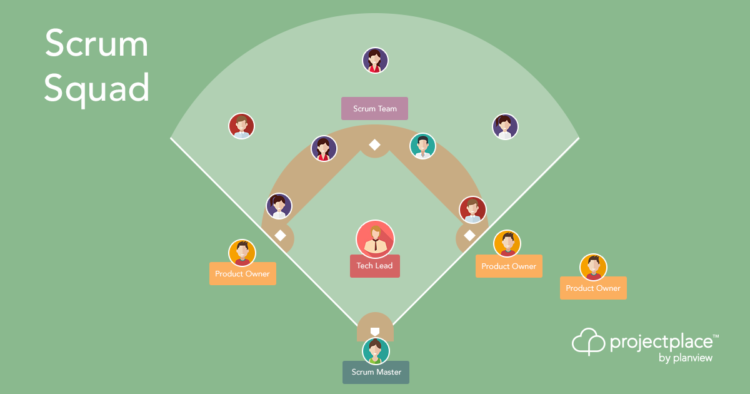
In the modern globalized economy, enterprise workplaces have many stakeholders, changing requirements, shifting deadlines and varying execution styles.
This makes Agile execution increasingly challenging — particularly when managing scrum teams using multiple tools and applications.
With that in mind, I interviewed Zach McDowell, product owner at Projectplace, to find out how he uses project collaboration tools to manage his scrum teams, improve collaboration and drive agile processes. Zach will host a webinar, “Practical Project Collaboration for Product Owners and Scrum Teams” on Thursday, June 9 to further delve into this topic.
For those who might not be familiar, what is scrum?
Scrum is a well-established Agile approach to delivering value early, frequently and with a constant focus on customer outcomes. Agile principles emphasize customer collaboration, quick responses to changing circumstances, communication and personal interactions, over tools and iterative deliveries of projects. These principles can apply to just about any business – from software development and engineering to marketing.
What are some of the roles involved on a scrum team?
The first is the product owner – they are the voice of all stakeholders, whether they are customers or executive management. It’s a part of the product owner’s job to identify the stakeholder needs and coherently communicate them to the team by way of epics and user stories.
Next, we have our scrum master, or the voice of the team, helping to define the intake and execution processes that best fit the team’s needs. This person acts as a coordinator for the priorities defined by the team’s product owner.
The entire scrum normally represents developers that make up a full stack – front end, back end and then, depending on the organization, a designer or two.
At ProjectPlace my average scrum team is made up of two front end developers, two back end developers, an interaction designer and a visual designer.
What is the value in scrum versus utilizing a more traditional project concept approach?
In comparison to the traditional project concepts of scope, cost and time, scrum is focused more on deliverables and their outcomes. These results allow the scrum team to continuously re-evaluate priorities that will guide upcoming work toward short and long term goals.
For more information about scrum and project collaboration, register for the webinar here.
During the webinar, follow the conversation on Twitter @Planview and @Projectplace and use the hashtags #projectplace, #scrum and #collaboration.




